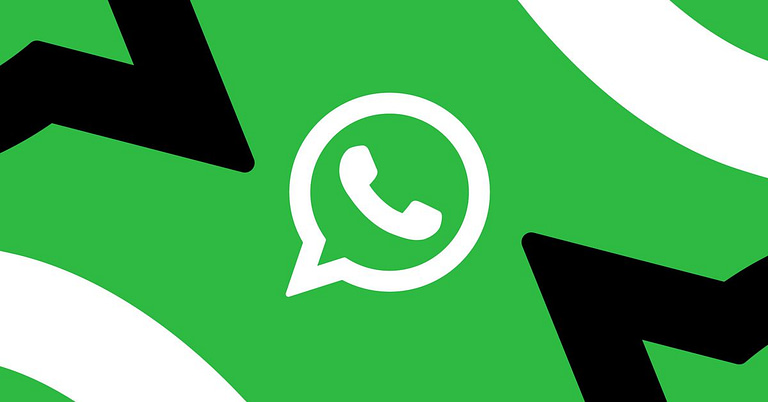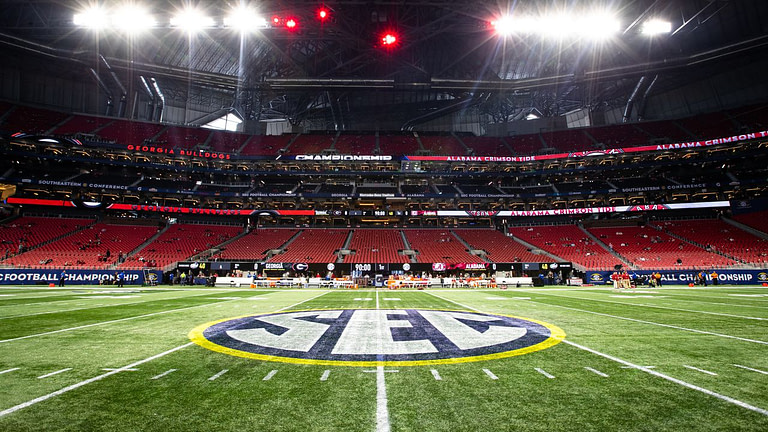Generative art is an exciting new form of digital artwork that uses algorithms to create unique and creative pieces. Generative art has been around for decades, but it’s only recently become popular due to advances in technology and the availability of powerful computers.
Generative art works by using a set of rules or parameters to generate images or animations. These rules can be as simple as randomly selecting colors from a palette, or they can be complex mathematical equations that produce intricate patterns. The artist sets up these parameters and then lets the computer do its work, creating something completely original every time.
The beauty of generative art lies in its unpredictability; no two pieces are ever exactly alike. This makes it perfect for exploring ideas like randomness, chaos theory, and complexity theory – all topics that have fascinated artists since the dawn of modernism. It also allows artists to explore themes such as artificial intelligence (AI) and machine learning (ML). By setting up certain parameters within their code, they can create AI-driven works that respond differently each time they’re run – making them truly interactive experiences for viewers.
Generative art isn’t just limited to visual media either; soundscapes created with generative music software are becoming increasingly popular among musicians looking for fresh ways to express themselves creatively without relying on traditional instruments or recording techniques. Similarly, writers have begun experimenting with generative text programs which use natural language processing algorithms to generate stories based on user inputted data points such as keywords or phrases – allowing authors unprecedented freedom when crafting narratives from scratch!
At its core though, generative art is about pushing boundaries and challenging our preconceived notions about creativity itself: what does it mean when machines start producing artwork? Is there still room for human expression in this brave new world? As more people begin experimenting with this fascinating medium we may find ourselves asking even bigger questions about how technology will shape our future understanding of creativity!
Wired






